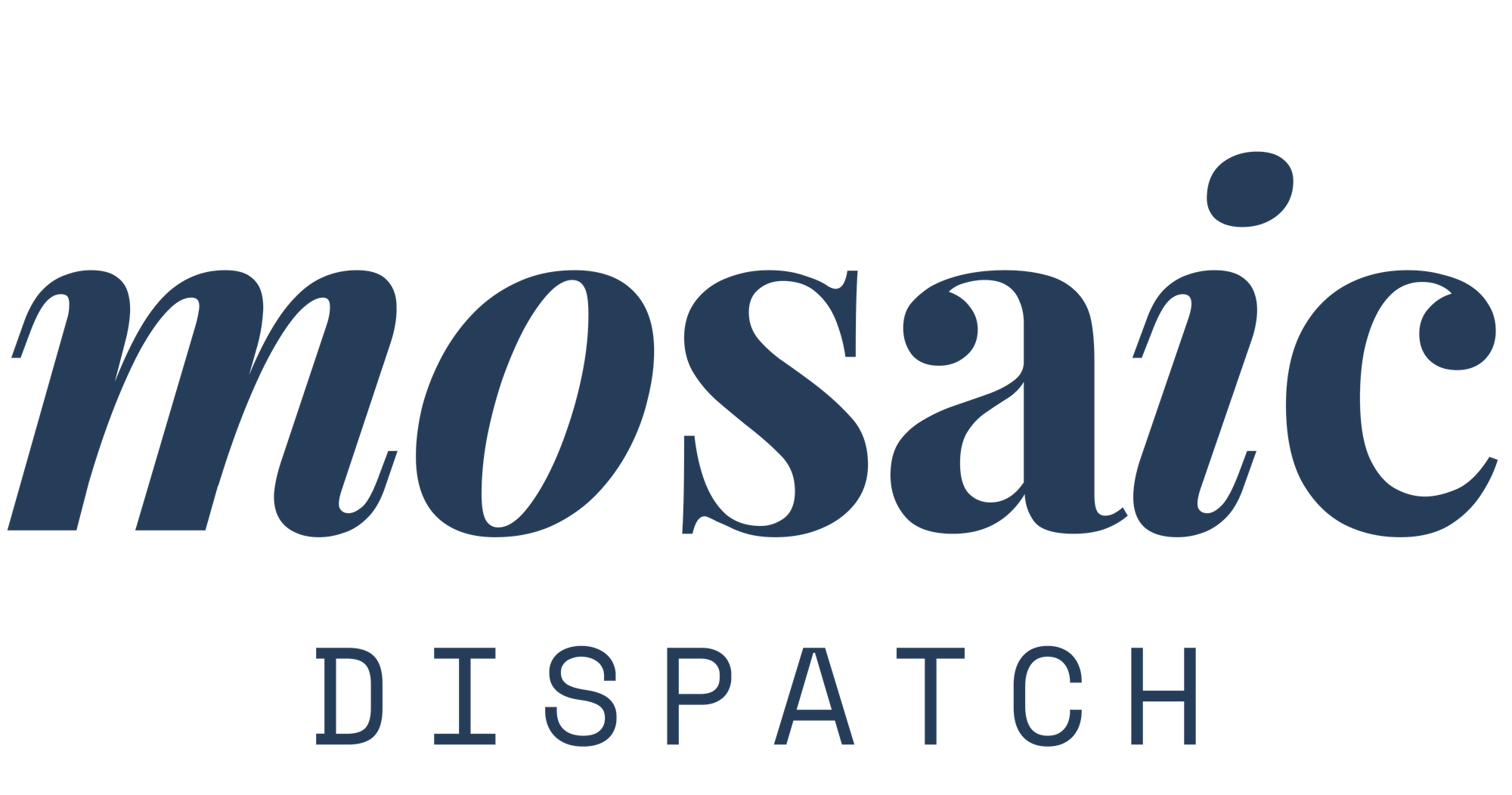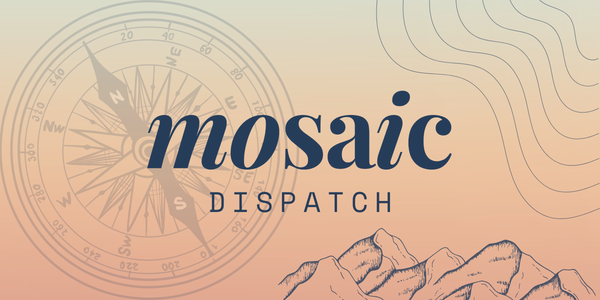3 Patterns for Better Search
Designing search that works: when to rely on keywords, categories, and filters.
When search works, you hardly notice. When it doesn’t, you notice nothing else. Beyond just a utility, search is how people move through your product. Done right, it lowers friction, respects effort, and helps people stay oriented.
Three examples that stood out to me recently...
1. No Code Supply Co: Remembering Your State
Expand stays expanded, selections stay selected - even when you refresh the page.
On No Code Supply Co, you can click Expand to see the full list of keywords that drive search. Collapse it, suppress it, re-open later—the expanded state is still there.
It’s a tiny thing, but it changes the experience. You don’t have to repeat yourself. Your preference is remembered. That’s both a usability win and an accessibility one, especially for anyone who benefits from predictable states.
Takeaway: Remembering choices reduces friction and helps more people succeed.
2. Notion: Search as Command
Notion’s palette (⌘+P) is more than a global search bar. Type anything—page title, block, or action—and it surfaces instantly. Search becomes the doorway not only to content but mission control.
It’s quick, flexible, and discoverable. New users can click the search icon; power users never touch the mouse.
Takeaway: Search doesn’t have to stop at retrieval. It can be the central nervous system of your product.
3. IKEA: Multiple Ways In
Nested categories let users drill into detail or zoom out without losing context.
IKEA’s catalog is... overwhelming. Thousands of products, endless variations. Their solution is to give people more than one path:
- Keywords for those who know what they want
- Nested categories for those browsing the aisles
- Filters for those narrowing it down
The result feels less like a maze and more like guided wayfinding.
Takeaway: Don’t assume everyone arrives the same way. Your design should serve direct paths and meandering ones.
From boutique SaaS to a productivity tool to a global retailer, these patterns show that search is never neutral. Each choice shapes how people explore and what they find.
Treat search less like a background utility and more like a core experience. That’s where the real gains are—quiet, lasting, and worth stealing.



